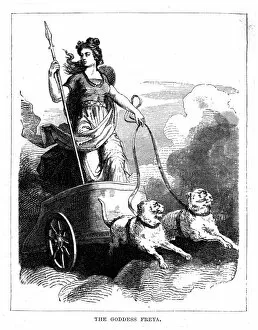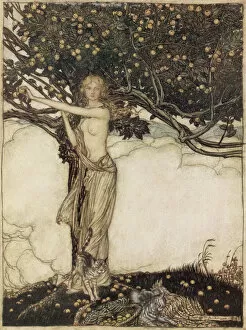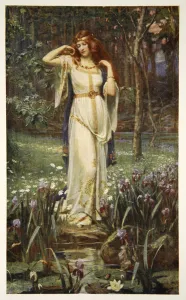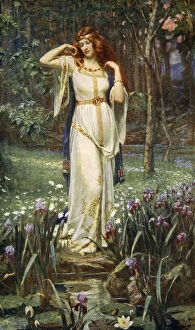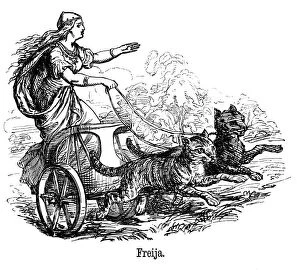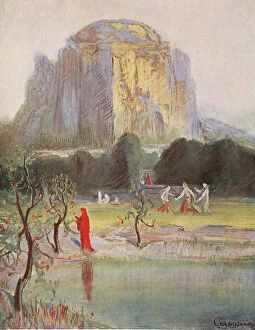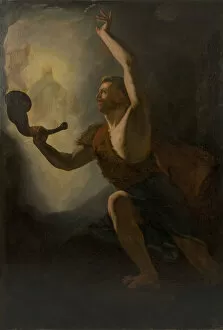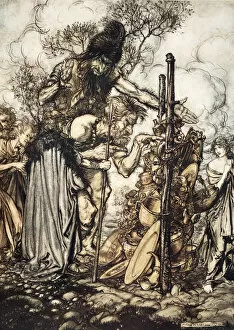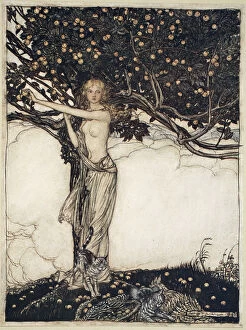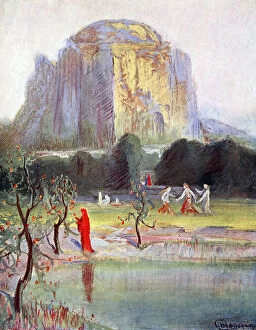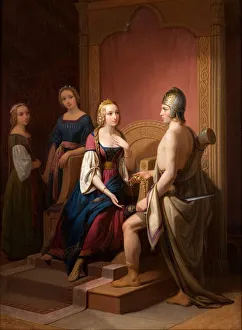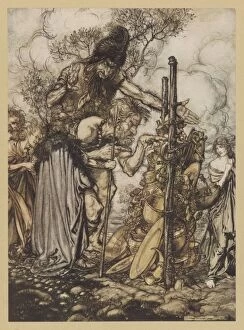Freia Collection
Freia, the enchanting goddess of love in Scandinavian mythology, gracefully rides in her chariot pulled by majestic cats
All Professionally Made to Order for Quick Shipping
Freia, the enchanting goddess of love in Scandinavian mythology, gracefully rides in her chariot pulled by majestic cats. In the captivating illustration "Freya in her Chariot, " Rackham brings to life Freia's beauty and power. With flowing golden locks and a radiant smile, she exudes an aura of love and desire. In another mesmerizing artwork titled "Freya Seeking Her Husband, " we witness Freia's determination as she embarks on a quest to find her beloved. Her strength and resilience shine through as she navigates through treacherous landscapes with unwavering resolve. As depicted in "Freyja and the Necklace" from Teutonic Myths and Legends, Freia possesses not only physical allure but also great wisdom. The intricate details of this illustration showcase her gracefulness while highlighting her role as a keeper of ancient knowledge. The giants' envy for Freia's beauty is evident in the vividly colored lithograph titled "The giants bore Freia away. " They cannot resist capturing such ethereal charm for themselves, leading to an epic battle between gods and giants that will determine Freia's fate. Amidst all these mythical tales lies "Freias Garden, " a place where nature flourishes under her loving care. This colorful lithograph transports us into a world filled with vibrant flowers, lush greenery, and magical creatures - a testament to Freia's nurturing spirit. Arthur Rackham once again captures our imagination with his portrayal of Fafner attempting to seize Freia in "Fafner: Hey. Come hither And stop me this cranny. " His artistry conveys both danger and suspense as we fear for our beloved goddess caught within Fafner's grasp. But fear not. For even amidst chaos, there is hope. As seen in James Doyle Penrose's illustration titled "Freyja and the Necklace, " we witness moments of triumph where good prevails over evil.

